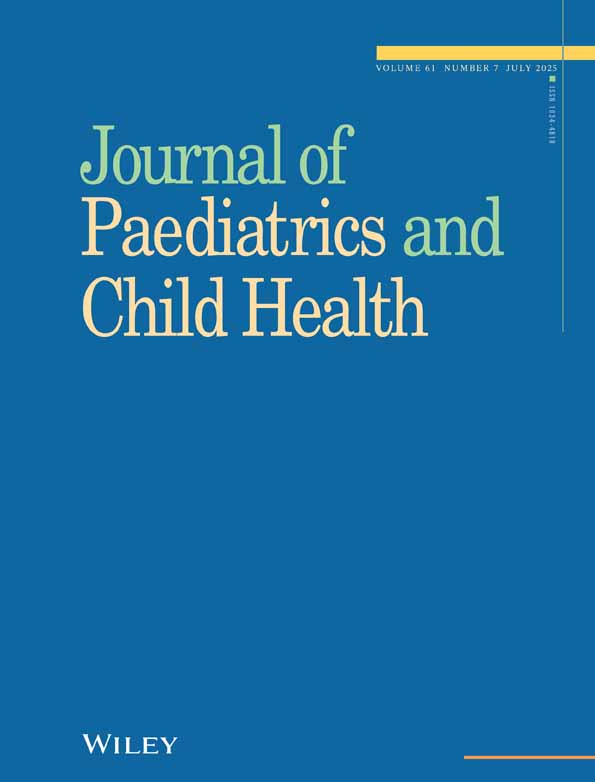Paediatrica philatelica
Abstract
Abstract: The world’s nations issue postage stamps with themes that their governments regard as being of significant national and international importance. The philatelic record, thus, parallels each nation’s history, its themes of contemporary pride and its aspirations for the future. As children’s health is one of the most important of all issues of public and political life, it is not surprising that paediatricians are permanently commemorated in many of the world’s postage stamps. Hippocrates is portrayed on many of the world’s stamps, as are children’s illnesses and children’s doctors. Paediatricians are portrayed on stamps from New Zealand, Papua New Guinea, Australia, the United States of America, the nations of Africa, Europe and the United Nations. Themes permanently recorded in the philatelic record encompass every discipline within paediatrics, including portraits of Dr Virginia Apgar (of the Apgar score), Dr Truby King (New Zealand) who was responsible for the introduction of universal postnatal nursing visits for every child, and Dr Janusz Korczak (1879–1942), the Polish paediatrician who gave his life at Treblinka in World War II in order that his child patients might not die alone. The paediatric philatelic record is thus an international repository of the chronology of child care.




